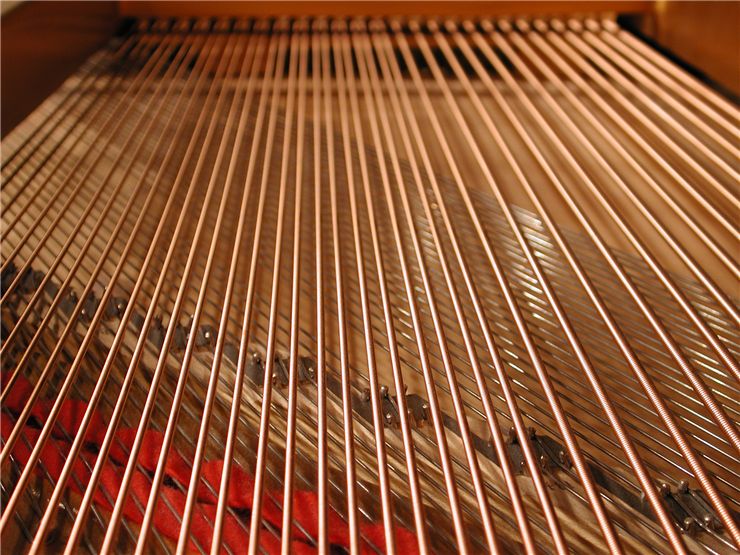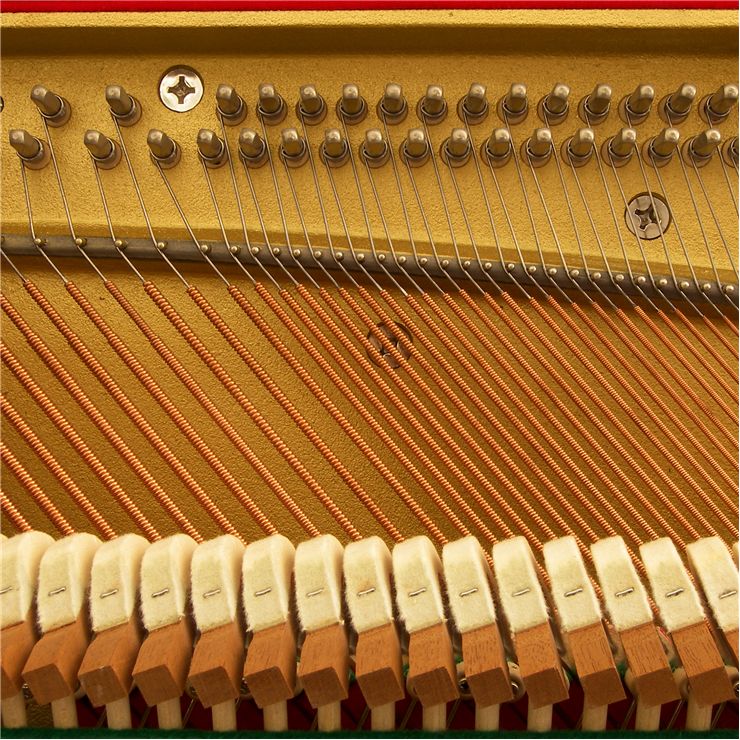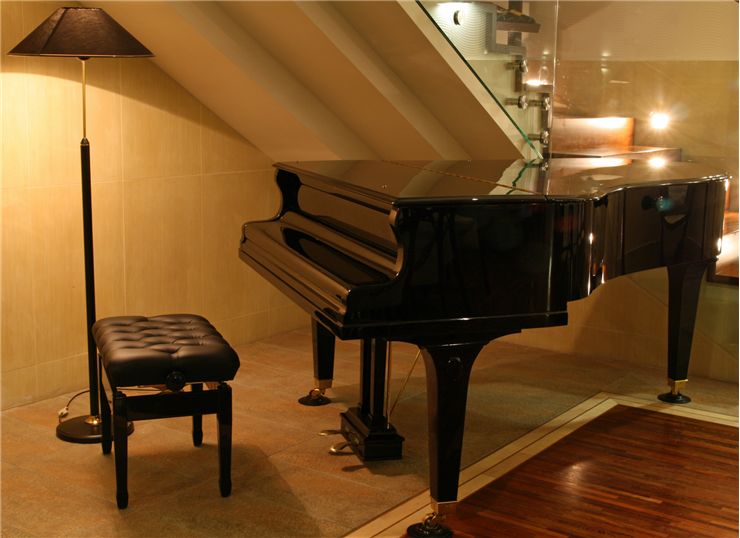Piano Maintenance and Tuning - How to Maintain a Piano
Even though Pianos are some of the most popular instruments in the world, their complicated production, hand-made components and easy de-tuning that is caused not only by the playing itself but also by the constant influence of the environment, their maintenance is very complicated and require content attention from not only piano owners but also certified professionals.
To enable long life of the pianos, owners need to take special of their piano by following these procedures:
Protection of piano during transport – Because of their weight and very easy damage threshold levels for impacts and, it is recommended that piano is moved by professionals. This is done not only so that piano can be saved from impacts and broken equipment inside of it, but also to prevent risk of damage to the other property. Upright pianos are easier to move (usually via dolly that can easily be placed below piano), but grand pianos require care from properly trained movers who have proper equipment. Many pieces of piano need to be remove from it before its main body can be turned to its side and carefully carried to a new location. To prevent scratches or destruction of its outside frame, piano is often blanketed completely into protective material and strapped inside truck so that nothing can touch it or hit it during transport.
Humidity - Humidity is the enemy of wood, which is especially problematic for pianos whose entire the wood frame need to be strong and remain in exact shape so that sounds they produce are consistent. Humidity can also endanger the consistency of the elements that require strong tension and forces. The best way to remove effects of compromised wood is for owners to strictly control the levels of humidity around pianos with the use of hygrometer, humidifier, dehumidifier, air conditioner or evaporative cooler.
Contaminants – Wood components of the piano can be significantly damaged by liquids, not only exterior finish of the piano but also interior. If water endangers soundboard of the piano, the repairs can be very costly, and sometimes impossible. Owners of the pianos are highly encouraged to keep liquids as far away from pianos as possible. If spills happen, immediate cleaning action has to be performed and the lid has to be opened so that air circulation prevents appearance of the mold.
Cleaning – It is not recommended to remove dust form exterior of interior parts of the piano with wet cloths. Feathered dusters of vacuum cleaners are preferred.
- · Modern pianos in US are usually tuned to the A440 pitch standard which as introduced in early 1900s. European pianos use little higher pitch standard A444.
- · Pianos need to be tuned each six months, no matter if they were used or not. Incredible tension of the wires can often cause self-detuning, and after a while keyboard and hammer mechanic parts need tweaking.
- · The shorter the time between tuning, the less time will that tuning process last. Pianos that were detuned for years require significant time commitment for them to be returned to good shape.
Tuning Facts
- · Pianos who are out of tune can sometimes sound very bad, even to untrained ear.
- · Many professional tuners use only their ears to tune a piano, but some use electronic tuning devices.
- · Basic tools for tuning piano are tuning hammer and tuning mutes.
- · Change of humidity is the main reason of piano losing its tune. Equipment that measures humidity is recommended to all piano owners.
- · Professional piano tuners appeared in early 1800s.


